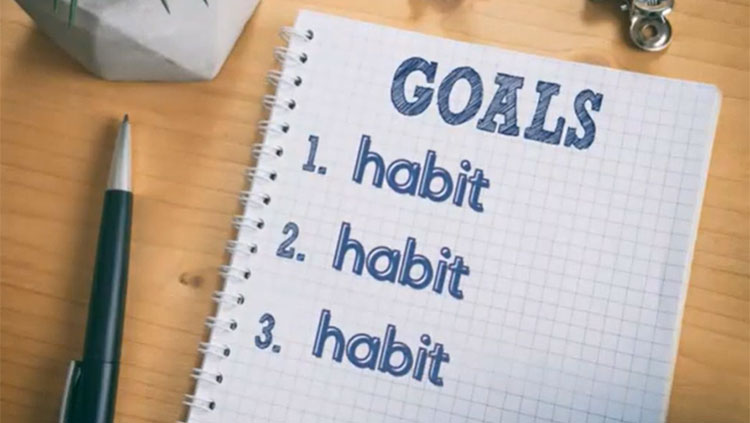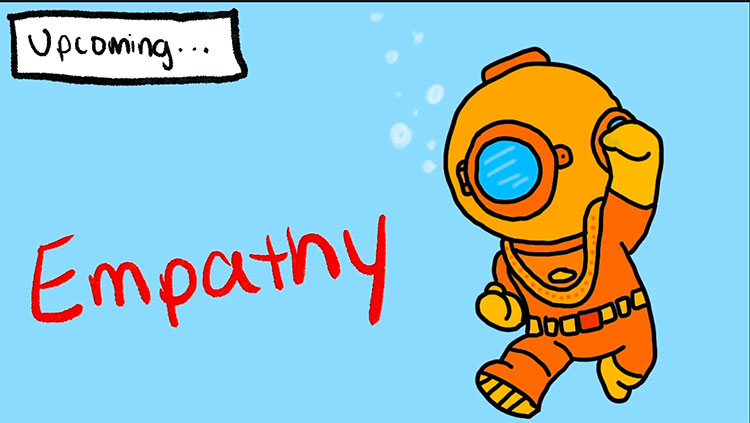A hot day calls for a cold treat. But gobble down that icy sweet, and a brain freeze you’re sure to meet.
Storyboard and animation produced by Midnight Snacks for BrainFacts.org.
Scripting by Michael W. Richardson.
Editorial Production by Hannah Zuckerman and Juliet M. Beverly.
CONTENT PROVIDED BY
BrainFacts/SfN
Transcript
[SOUND OF ICE CREAM TRUCK JINGLE]
Is there a nicer sound in the world?
On a hot summer day, there’s nothing better than wolfing down some ice cream, or a slushie, or an ice-cold drink.
But as most people know, for every sweet reward, there’s a risk.
And that risk is brain freeze.
Brain freeze is a rite of childhood — eat something too cold too fast, and the front of your head explodes in pain.
Why does ice cream betray us like this?
Well, brain freeze is just your body’s way of telling you to stop eating something so cold.
When ice cream or another frozen treat cools down the roof of your mouth and the back of your throat too much, nerve fibers get activated, causing the blood vessels in the front of the brain to expand.
This expansion agitates pain nerves in the front of your head, causing the pain sensation.
Don’t worry though.
Brain freeze, while painful, is harmless.
To fix it, you just need to warm the area back up.
Press your tongue against the roof of your mouth or drink a big glass of room-temperature water.
You’ll be back to ice cream in a jiffy — but maybe take it slow this time.
What to Read Next
Also In Diet & Lifestyle
Trending
Popular articles on BrainFacts.org


















